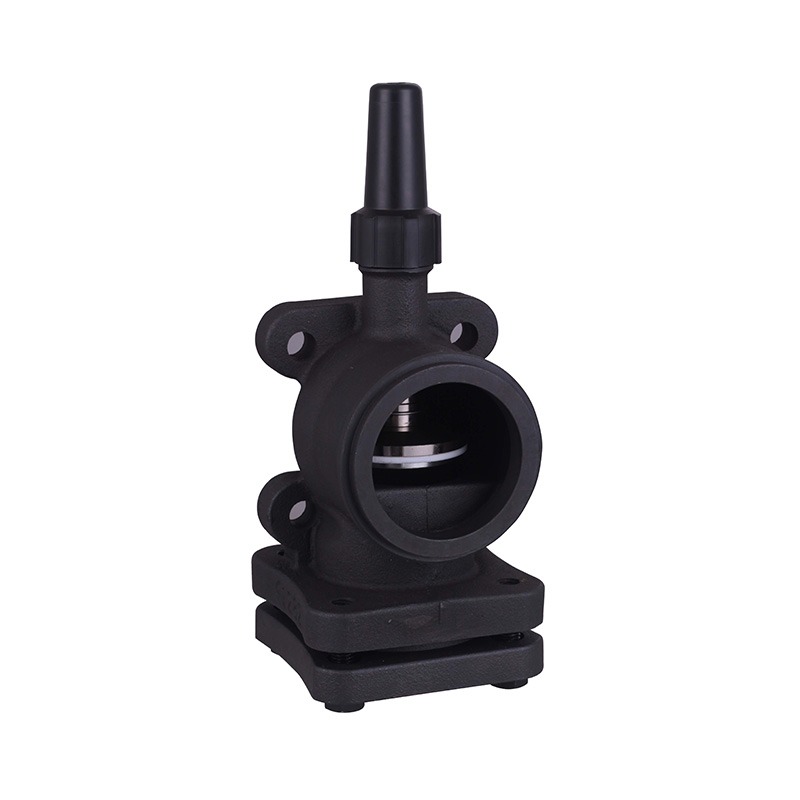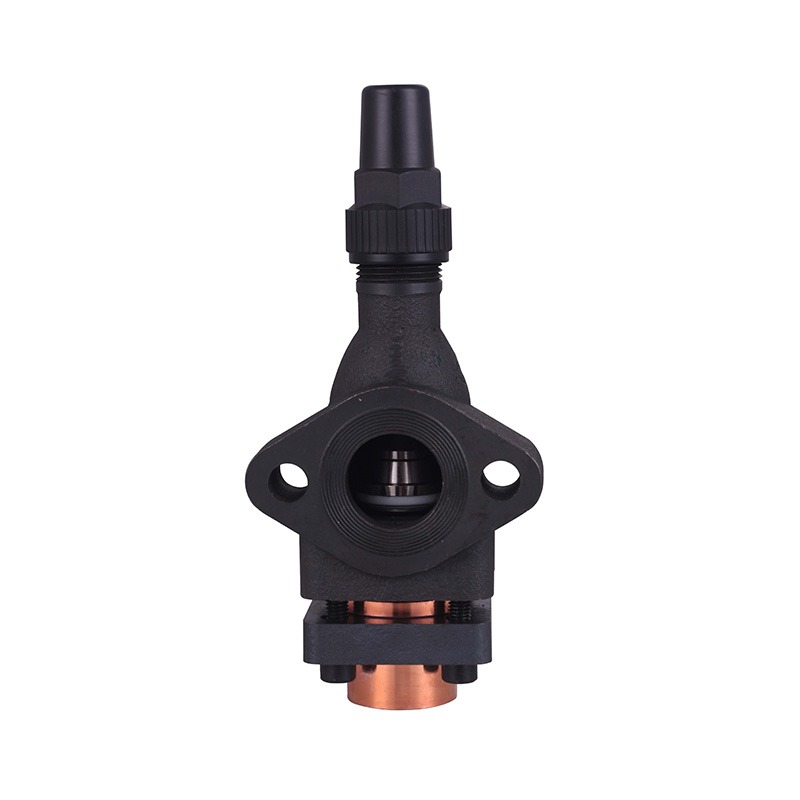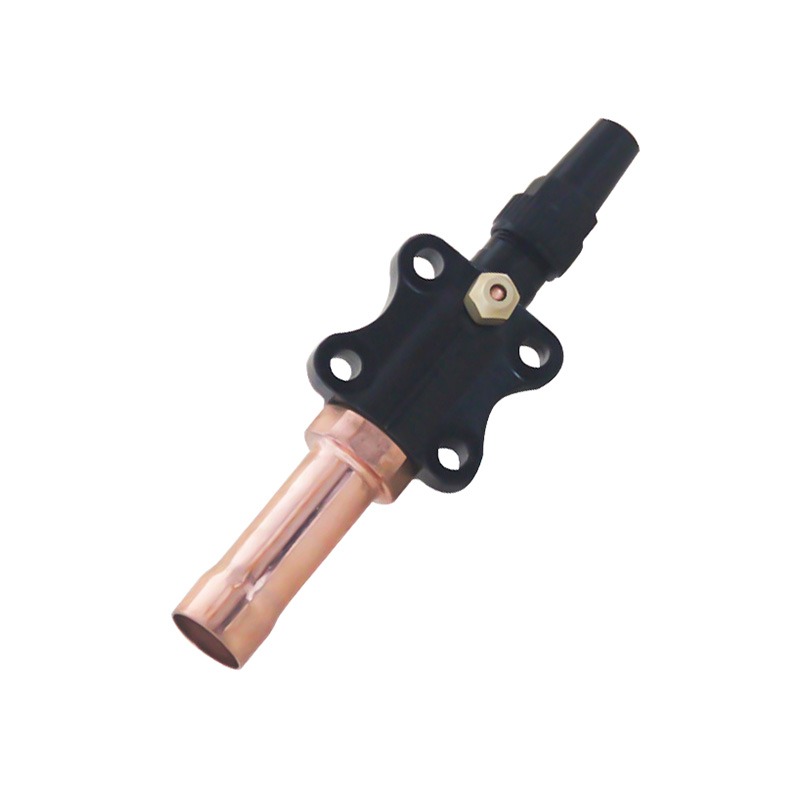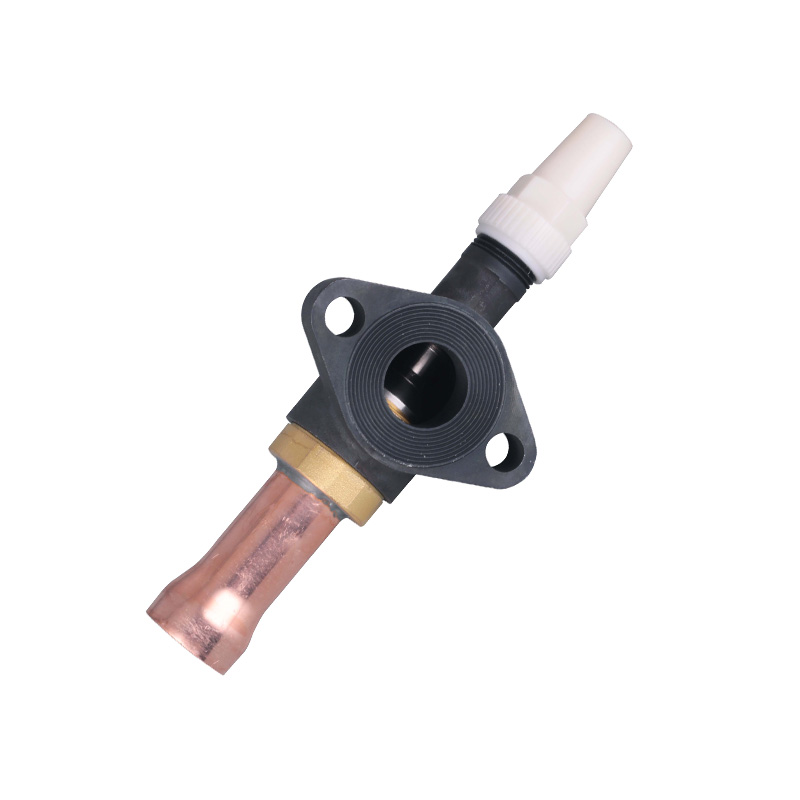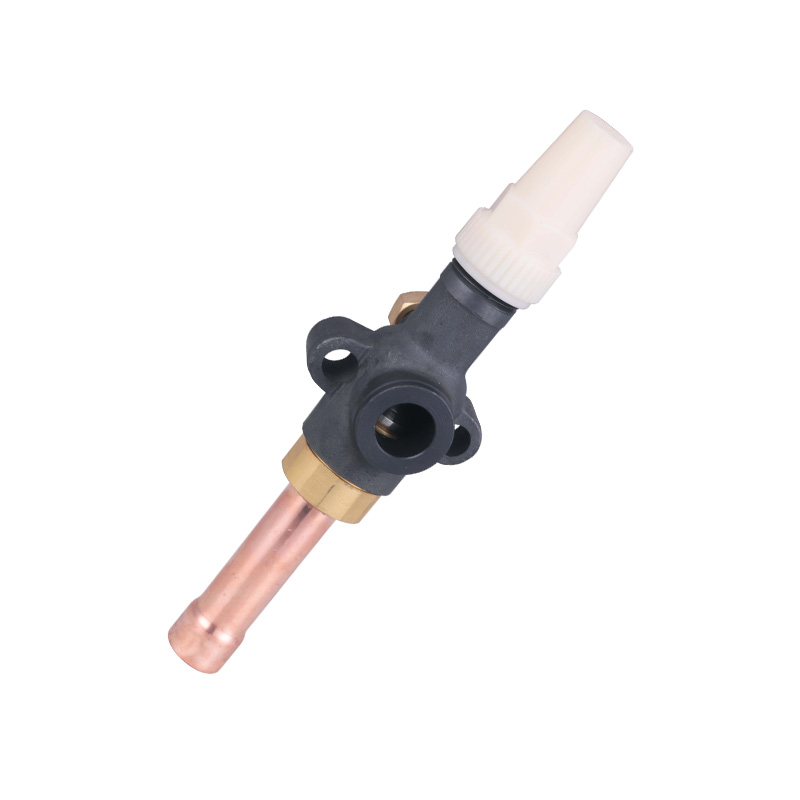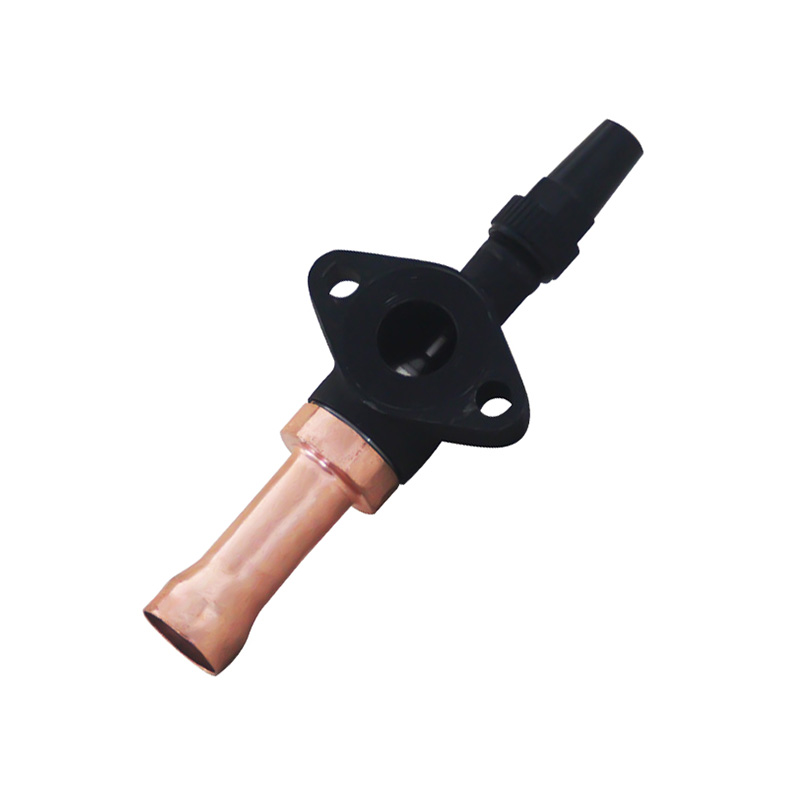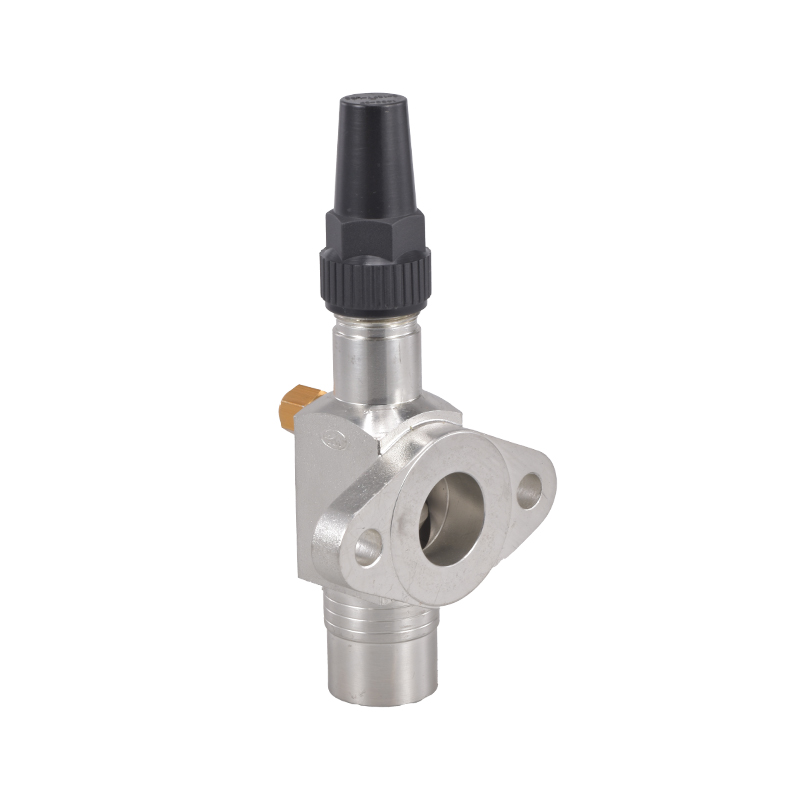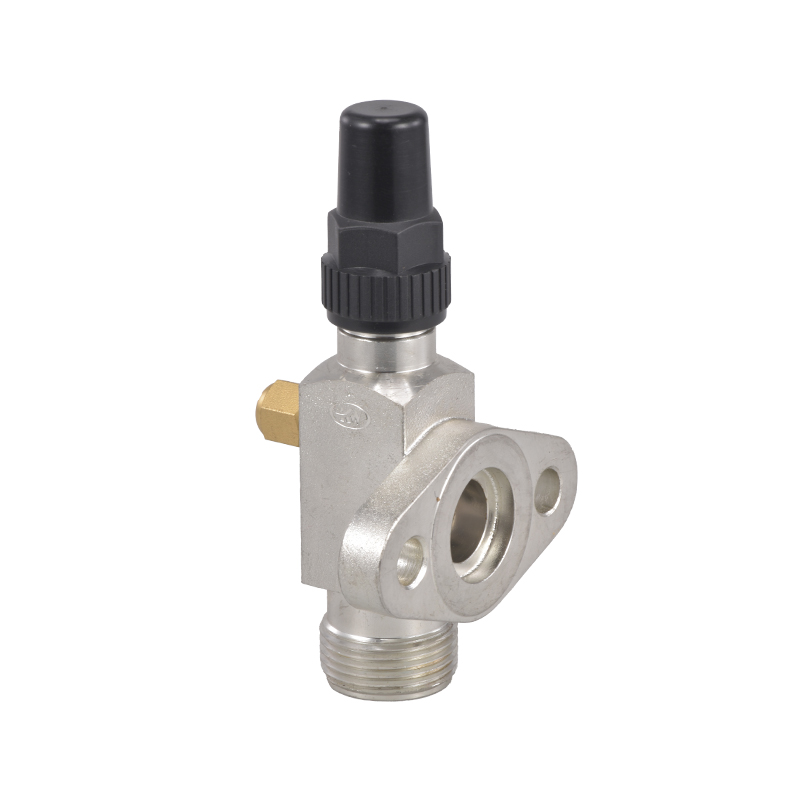Are All Vacuum Pump Fittings Universal or System-Specific?
 By Admin
By Admin
In the world of vacuum technology, particularly within HVAC, laboratory, and automotive applications, one common question continues to arise: are vacuum pump fittings universal, or are they specific to each system? This question becomes especially important when servicing an air cond vacuum pump, sourcing compatible vacuum pump fittings, or purchasing a replacement vacuum pump seal kit.
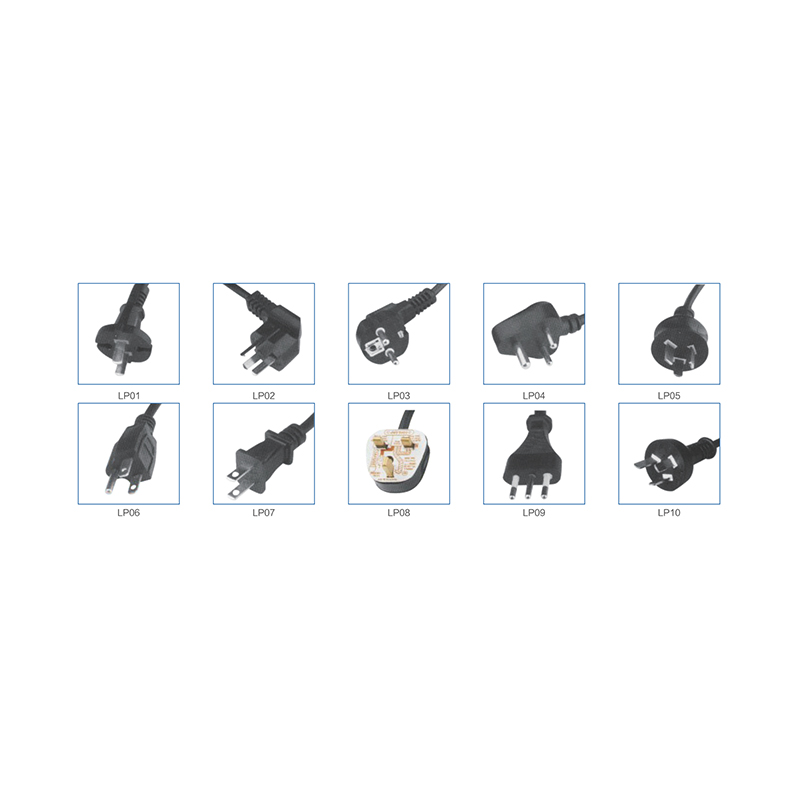
It's important to understand what vacuum pump fittings are. These components connect hoses, gauges, and accessories to the vacuum pump. They come in different thread types, materials, and sealing mechanisms, and they ensure that vacuum systems are leak-tight. While many fittings appear visually similar, not all of them are interchangeable. This becomes evident when servicing an air cond vacuum pump, where specific connections are often required to handle refrigerants safely and efficiently.
For instance, HVAC systems typically use flare fittings, SAE connections, or quick-connect couplers designed for refrigerant-grade work. If you're using an air cond vacuum pump in a refrigeration or air conditioning system, it likely needs fittings rated for R-410A or R-134a refrigerants, which differ from those used in general-purpose or industrial vacuum pumps. In this context, choosing the wrong vacuum pump fittings can result in leaks, system inefficiencies, or even safety hazards.
The question of universality often arises when users attempt to use a vacuum pump seal kit from one brand on a different brand's pump. Seal kits typically include gaskets, O-rings, valves, and sometimes shaft seals—all of which must fit precisely within the pump's tolerances. For those servicing an air cond vacuum pump, using an incorrect vacuum pump seal kit could compromise vacuum performance or even damage internal components. In general, these kits are highly system-specific and should be selected according to model number and manufacturer guidelines.
While some standardization exists—such as KF (Klein Flange), NW, or ISO connections in laboratory and industrial setups—many vacuum pump fittings still vary between brands and models. This can be frustrating for users hoping to create a modular or interchangeable system. Manufacturers design fittings with proprietary sizes or threading to control compatibility, ensure safety, and protect performance standards. This is particularly true in the HVAC field, where an air cond vacuum pump must meet regulatory and safety standards.
Another common scenario is when a technician upgrades or replaces parts of a vacuum system. The new vacuum pump fittings may not be compatible with older equipment. In such cases, adapters or conversion fittings are required to bridge the gap. However, these solutions should be used with caution, especially when sealing integrity is crucial. If you're using a new vacuum pump seal kit, make sure it is engineered for your pump's exact make and model to prevent future maintenance issues.
While the idea of universal vacuum pump fittings is appealing, the reality is that most fittings and components—including the vacuum pump seal kit—are system-specific. Particularly in high-stakes applications like those involving an air cond vacuum pump, ensuring correct compatibility is vital for safe, efficient operation. Users are advised to consult technical specifications and work directly with manufacturers or authorized distributors to source the right parts. Ultimately, taking a system-specific approach ensures better performance, longer equipment life, and fewer maintenance headaches down the line.




 English
English русский
русский Deutsch
Deutsch
